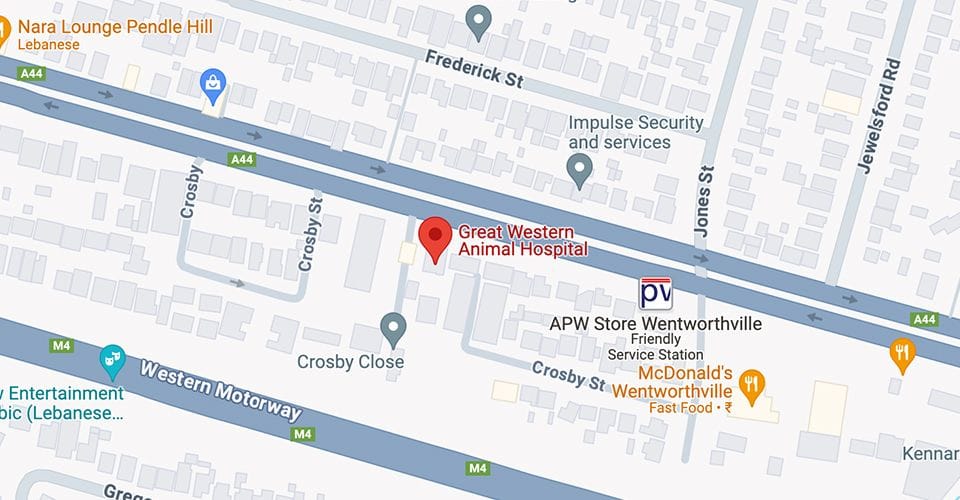Pet Skin Cancers
)
“Slip, slop, slap” isn’t just a good idea for human family members - did you know that cats and dogs can suffer from sun-related skin cancers too?
Is my pet at risk of sun-related skin cancer?
Squamous cell carcinomas (SCC’s) are skin cancers that can occur in both dogs and cats and are associated with high UV light exposure causing chronic (long-term) skin damage.
SCC’s most commonly develop in pink-skinned pets, particularly in sparsely-furred areas such as around the eyes, ears, nose or belly. Most pets who develop these skin cancers are middle-aged to older, with a history of sunbathing.
What symptoms does SCC cause?
In the early stages, SCC’s may just look like a small scabby skin area, similar to an abrasion. However, these lesions won’t heal properly and will continue to enlarge, and may become red, raised, lumpy or ulcerated (raw).
SCC causes localised tissue damage but doesn’t usually spread around the pet’s body (although it may do so late in the course of the disease for some patients, causing symptoms such as weight loss or breathing difficulties).
What should I do if I notice an unusual skin lesion on my pet?
If your pet develops any unusual skin lesions or lumps, particularly ones that don’t seem to be healing or are getting worse, it’s best to book a prompt appointment with one of our knowledgeable vets.
To confirm a diagnosis, we may need to perform further testing, which commonly involves a surgical biopsy of the lesion under general anaesthetic. We may also recommend blood tests to check your pet’s general health.
Can SCC be treated?
SCC can be treated and is best done so as promptly as possible before it becomes too invasive into the local tissues.
Surgical removal of the SCC with a wide margin of surrounding tissue is generally the preferred treatment, and is curative if all the tumour cells can be removed. However, surgery may not be possible in cases where wide margins of surrounding tissue can’t be easily taken (e.g. the nose), or if there are multiple lesions or the patient has other health issues preventing surgery. In these cases, our vets may discuss other options such as:
Referral for radiation therapy
Cryotherapy
Topical therapy with a medicated cream to encourage the pet’s own immune system to destroy the cancerous cells
How can I protect my pet’s skin?
If you have a pet with areas of sparsely-furred pink skin, it’s best to protect their skin from UV damage as you would for a child.
If possible, limit your pet’s sunbathing activities, particularly between the hours of 9am-3pm. Instead, allow them outdoor access earlier in the morning or later in the afternoon to limit their UV exposure. It can help to provide your pet with stimulating indoor activities during this peak UV time, such as long-lasting chews and puzzle toys.
If your pet is going outside for more than 10 minutes during peak UV times, then trial the usage of a pet-safe sunscreen (that contains no zinc, which can be harmful if licked). These can be purchased as sticks, creams or wipes, depending on what your pet will best tolerate.
Additionally, if your pet will tolerate a pet sunhat and/or sun suit, these can be effective for UV protection (not to mention adorably hilarious).
If you have any concerns or queries about your pet’s skin health, contact our helpful team.
| Tags:Pet Safety |
&geometry(180x112))







